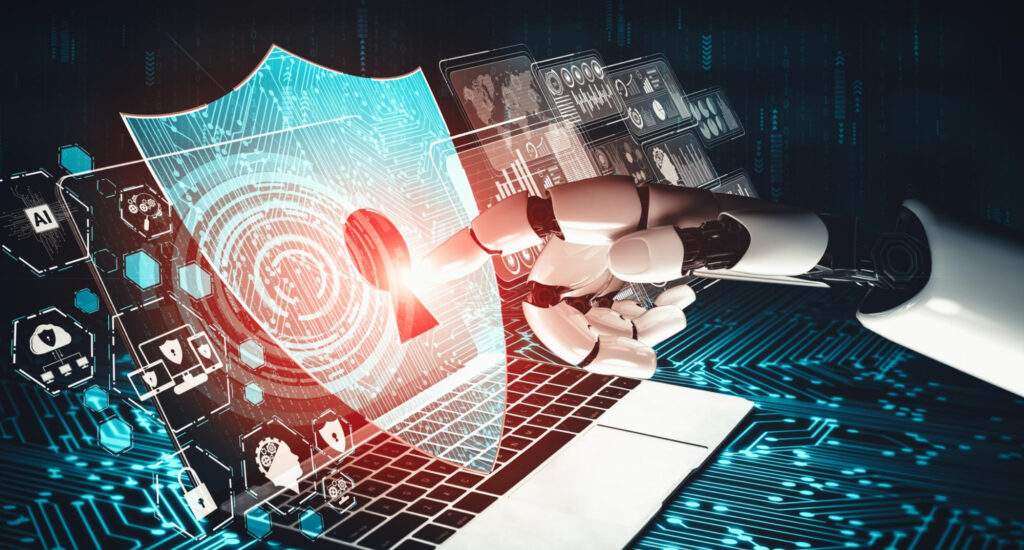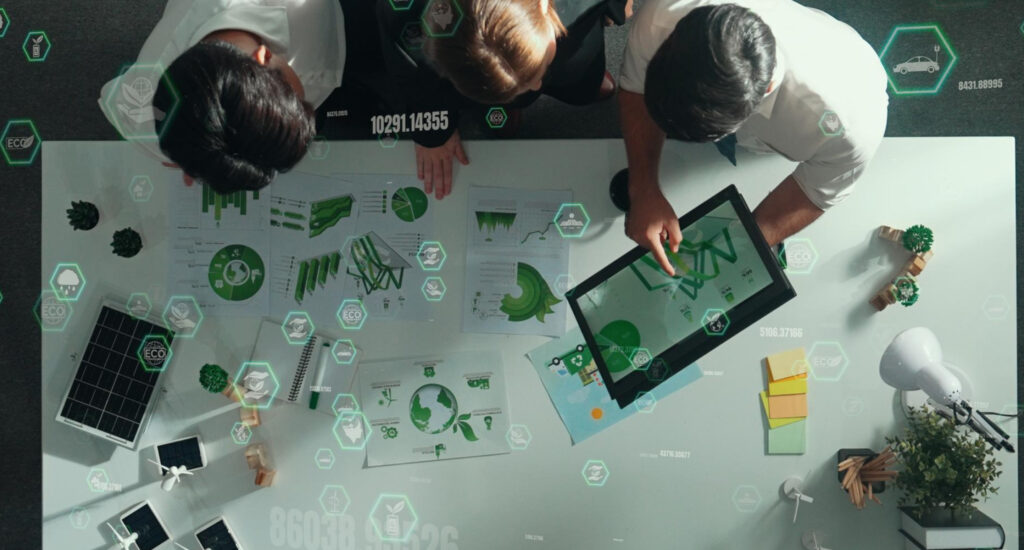In 2025, businesses can’t afford to ignore the speed of technology development. With new tools, frameworks and platforms constantly coming, staying updated on software development trends is no longer a choice. It is crucial for staying in the competition. These trends are not just technical changes. They can impact how companies build, maintain and grow their digital operations.
In this article we break down the key developments shaping the future of software and web development and what they mean for your business.
AI-Powered Development: Transforming Business Operations
AI is no longer just a trendy word. It is actively changing the way companies build and manage their software. From automating repetitive coding tasks to predicting user behavior, AI allows businesses to build smarter systems while saving time and resources.
AI as a Strategic Development Partner
AI development tools are becoming everyday assets in the developer’s toolkit. Code generation assistants, smart debugging tools, and automated documentation systems are helping teams work faster without impacting quality. These tools also free up developers to focus on higher-value tasks, improving productivity of the company.
AI in Project Management and Decision-Making
AI is also making its mark in project management. Now platforms use machine learning to optimize task allocation, predict delays and evaluate risks. This helps project managers make their decisions based on real-time data instead of guessing, which helps them improve delivery timelines and reduce waste.
Enhanced Quality Assurance with AI Testing
AI-driven testing frameworks are changing how quality assurance works. Automated test case generation, error detection, and performance monitoring help deliver more stable releases. As a result, businesses can roll out updates faster while maintaining reliability.
Low Code and No Code Platforms

The rise of low code and no code platforms is changing who can contribute to software projects. These tools reduce the need for deep knowledge, allowing employees from different departments to build internal tools to automate tasks and create more room for experiments.
Accelerating Time-to-Market
By simplifying the development process, these platforms reduce the time it takes to launch a new product or feature. Businesses can quickly test ideas and respond to market demands without waiting on long cycles of development.
Empowering Application Development
Non-technical teams are now able to create and manage applications using visual interfaces. This shift expands who can participate in software development and helps offload routine tasks from development teams.
Integration with Existing Systems
Despite the advantages, low code and no code solutions can face integration problems. Many tools now offer connectors and APIs to bridge the gap between legacy systems and modern applications, making sure having continuity across platforms.
Cloud-Native Architectures and Multi-Cloud Strategies
Cloud-native development is becoming standard practice, and many companies are working on spreading loads across multiple providers. These tools help improve flexibility, reduce downtime and prevent vendor lock-in.
Microservices and Containerization
Using microservices allows teams to build applications where each component can be updated independently. Working with containerization tools like Docker and Kubernetes, businesses can ensure consistent performance across different environments.
Using Multi-Cloud Environments
Many organizations are moving toward multi-cloud setups, distributing workloads across AWS, Azure, Google Cloud and others. This approach improves uptime, adds flexibility and optimizes costs, but it requires careful planning.
Serverless Computing Models
With serverless architecture, developers can run code without managing servers. This reduces infrastructure overhead and lets teams focus entirely on writing and deploying features, making it a great fit for applications and startups.
Software Development Trends in Prioritizing Cybersecurity

Security isn’t a final step anymore, it’s now embedded throughout the entire software and web development process. Businesses are adopting proactive methods to reduce risk from day one.
Implementing DevSecOps Practices
DevSecOps brings security into every stage of development. It promotes collaboration between security and development teams, so vulnerabilities are caught and fixed earlier, rather than after release.
Adopting Zero Trust Security Models
Zero trust models operate on the principle of “never trust, always verify.” Every user and device must be continuously authenticated, limiting exposure in case of a breach in data and improving protection.
Compliance with Data Protection Regulations
It is crucial to stay up-to-date with data laws like GDPR, HIPAA, and CCPA. Businesses have to make sure their products follow best practices in data encryption and user consent management.
Edge Computing and 5G Integration
Faster speeds and more connected devices are pushing data processing to another level. Combined with 5G, edge computing allows businesses to process information in real-time, close to where it’s collected.
Real-Time Data Processing at the Edge
Edge computing reduces latency by processing data locally instead of sending it to a central server. This is crucial for use cases like autonomous vehicles, IoT and remote monitoring systems.
5G-Enabled Applications
The rollout of 5G helps create richer mobile applications, including AR/VR, live streaming and smart city infrastructure. Developers can now create real-time features that were previously impossible with slower mobile networks.
Challenges in Edge Deployment
Deploying software at the edge comes with challenges that include hardware limitations, security risks and inconsistent connectivity. Businesses must carefully plan architecture and monitoring systems to ensure reliable performance.
Sustainable Software Development Practices

Sustainability becomes more important in technology, and software development is part of the conversation. Businesses become more aware of their impact on the environment and try solving those problems by reducing energy consumption and using efficient tools.
Green Coding Techniques
Green software focuses on writing code that uses less energy. Examples include optimizing algorithms, reducing unnecessary processes, and minimizing memory usage — all of which help reduce a product’s carbon footprint.
Using Carbon-Aware Cloud Services
Major cloud providers now offer dashboards showing the environmental impact of their services. Companies can choose data centers powered by renewable energy or schedule workloads during low-impact times.
Life Cycle Assessment of Software Products
From design to retirement, every software product has an environmental footprint. Conducting life cycle assessments helps companies make more sustainable decisions about design, deployment, and maintenance.
Conclusion
The latest trends in software development are deciding how software is built and how businesses operate. AI tools are improving efficiency, cloud-native systems are offering more flexibility, while sustainability is becoming one of the most important concerns. It is essential for companies to stay relevant, keeping an eye on these software development trends 2025. Adapting early helps your business in increasing speed, security, and innovation.
At VECTO Digital, we provide expert digital transformation services tailored to your business. Whether you need a new website or a full-scale digital space, we’re ready to help. Learn more about our services, and contact us today to get started!
Frequently Asked Questions
Which are the most recent software trends in 2025?
Key trends include AI-driven development, low code / no code platforms, cloud-native architectures, cybersecurity integration, edge computing with 5G and sustainable coding practices.
What is the future of software development?
The future of software development will focus on automation, rapid deployment, and environmental responsibility. Developers will rely more on AI and work within highly modular, distributed systems.
Which best describes a recent trend in software development?
A recent trend is the growing use of AI in automating coding tasks, testing, and project management — helping teams deliver software faster with fewer errors.